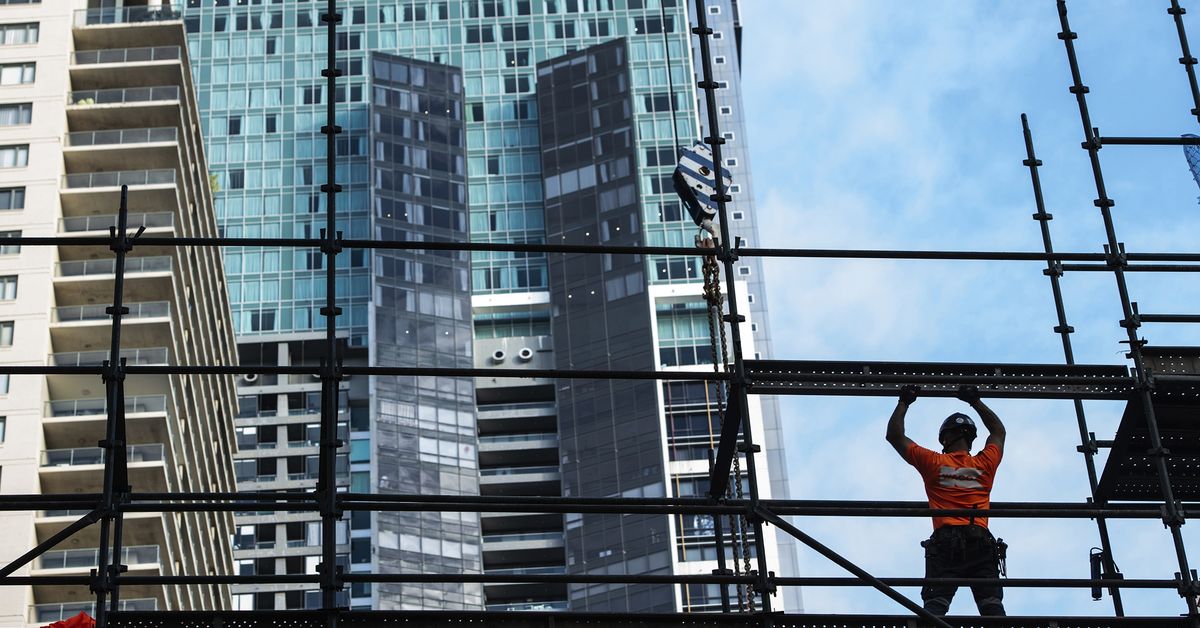The unemployment rate has reached its highest level in almost four years following a surprise jump in the number of people looking for work last month, increasing the chance of a pre-Christmas interest rate cut.
According to data released by the Australian Bureau of Statistics this morning, the jobless rate hit 4.5 per cent in September, up from a revised 4.3 per cent the month prior (the ABS had originally said the August figure was 4.2 per cent).
The result is worse than economists had forecast, with the market expecting a rise to 4.3 per cent today.
 The unemployment rate is at its highest level since late 2021. (Steven Siewert)
The unemployment rate is at its highest level since late 2021. (Steven Siewert)
“This is the highest seasonally adjusted unemployment rate recorded since November 2021,” ABS head of labour statistics Sean Crick said.
“There were 34,000 more unemployed people in September. The number of employed people also grew, up 15,000 in the same period.”
The fresh data comes three weeks out from the Reserve Bank’s next interest rates decision, to be handed down on Melbourne Cup day, November 4.
Harry Murphy from Oxford Economics Australia said the surprise rise in unemployment has put the central bank in a difficult position, but that a rate cut next month is now justified.
”The RBA is increasingly caught between a rock and a hard place,” he said.
“Its dual mandate – price stability and full employment – is now pulling in opposite directions.
“Inflation looks set to come in hotter than the bank’s latest forecasts, while the labour market is weaker than expected. Each development warrants different policy responses.
“We maintain that the recent inflation uptick is temporary and expect underlying pressures to keep easing…
“With unemployment moving in the other direction, we maintain our view that a rate cut is warranted in November, with a final cut this cycle in quarter one next year.”
 RBA Governor Michele Bullock has hinted that there may be more room for interest rates to be reduced. (Louise Kennerley)
RBA Governor Michele Bullock has hinted that there may be more room for interest rates to be reduced. (Louise Kennerley)
While expectations for a pre-Christmas cut have dwindled on the back of higher-than-expected inflation data in recent months, RBA Governor Michele Bullock hinted that there was still room for the cash rate to drop in comments made in the United States overnight.
“We don’t think (monetary) policy is restrictive, but we don’t think it’s accommodative,” she said.
“We think it is marginally tight.
“It’s probably a little on the tight side but not much.”
The ABS will publish crucial quarterly inflation data in two weeks, which is set to have a crucial influence on the RBA’s November and December decisions.
Sign up here to receive our daily newsletters and breaking news alerts, sent straight to your inbox.
